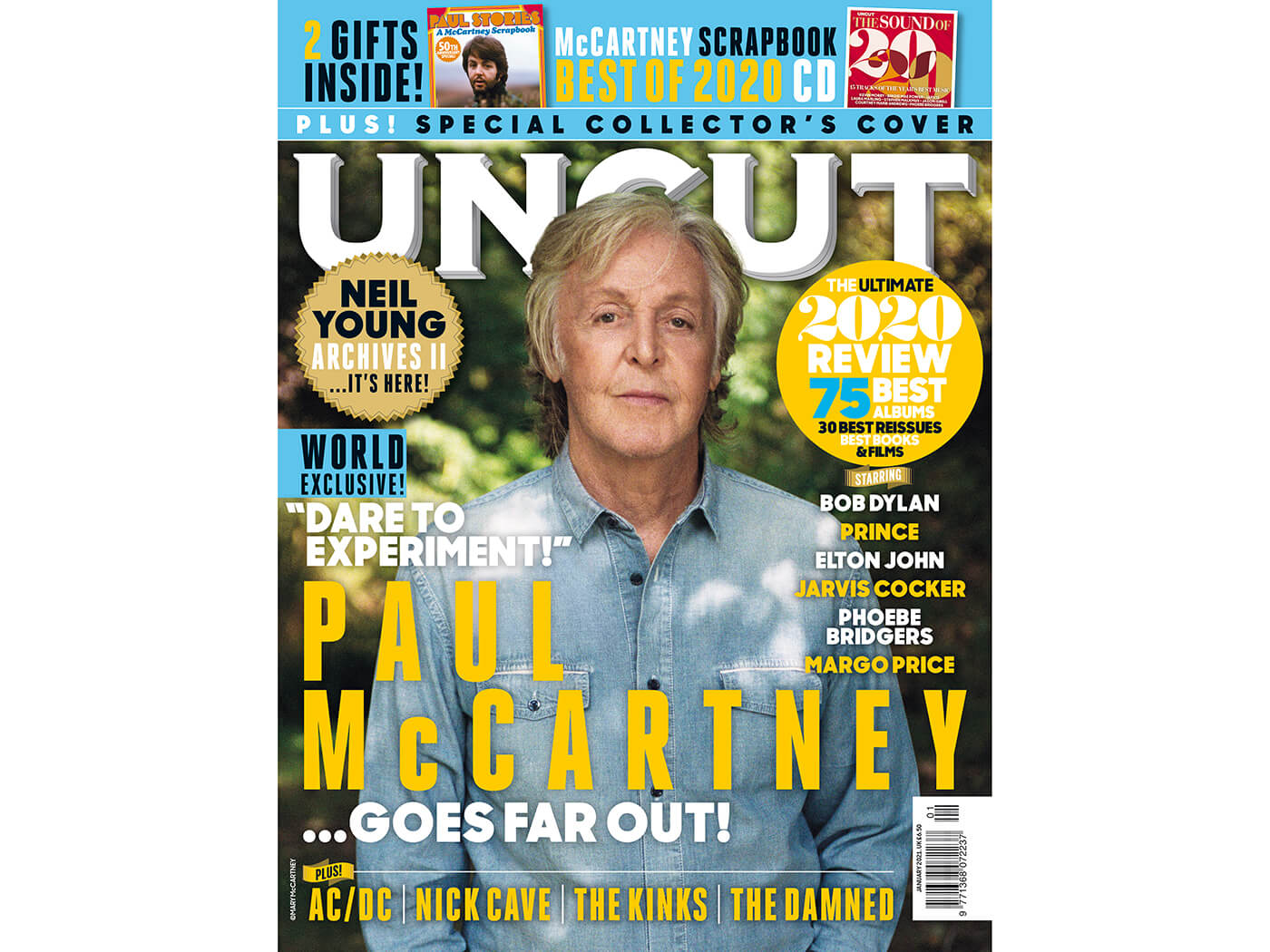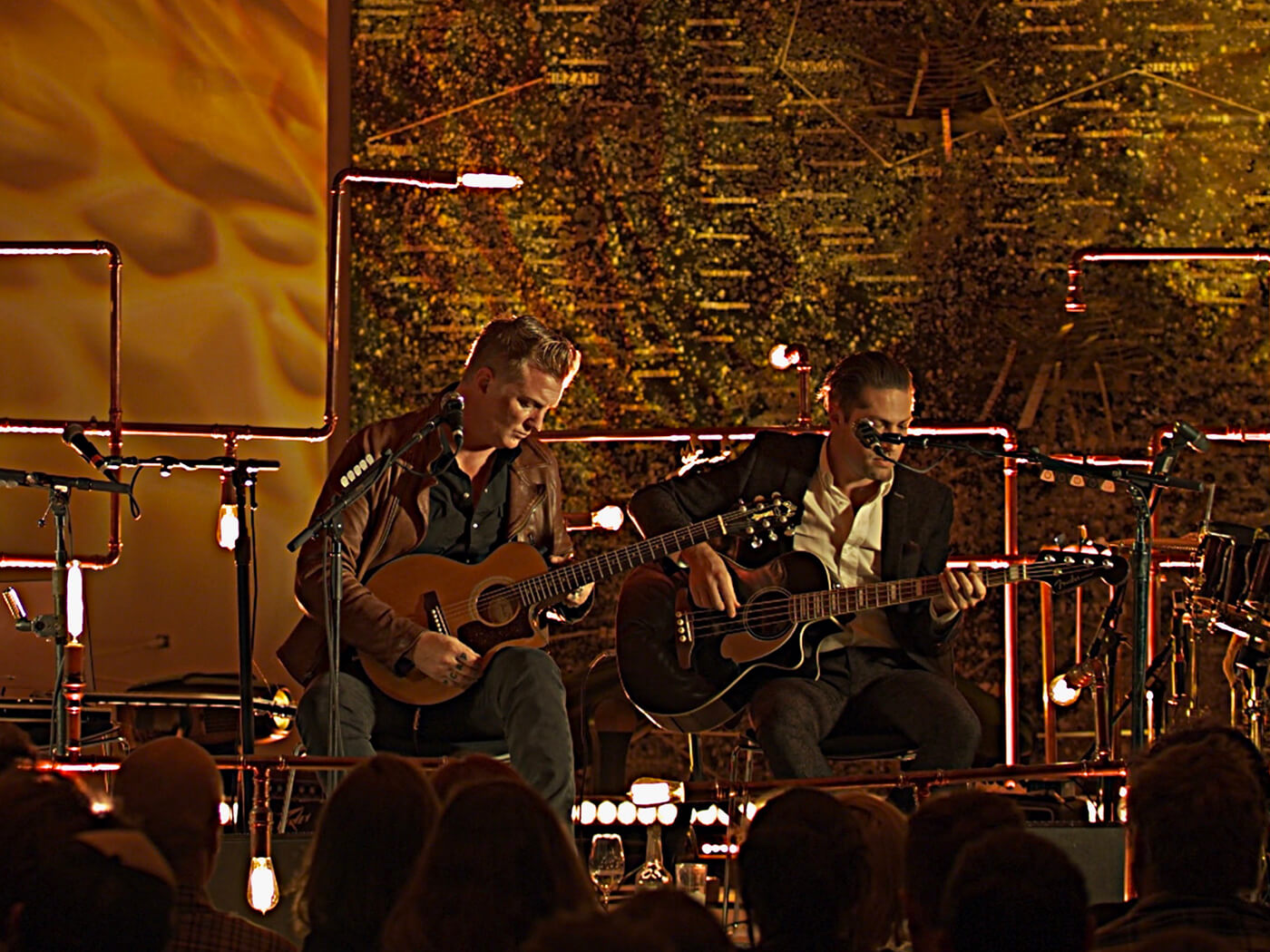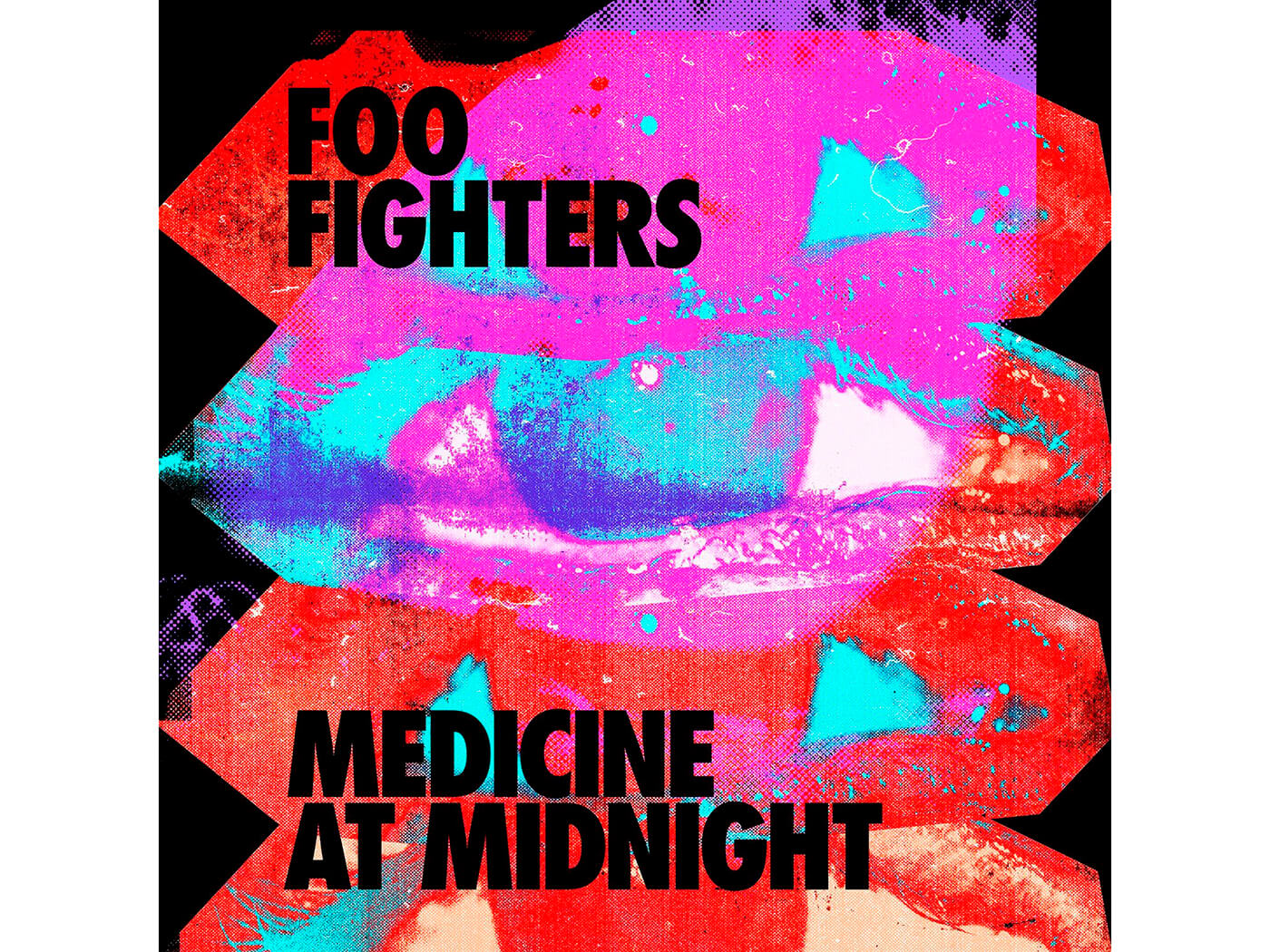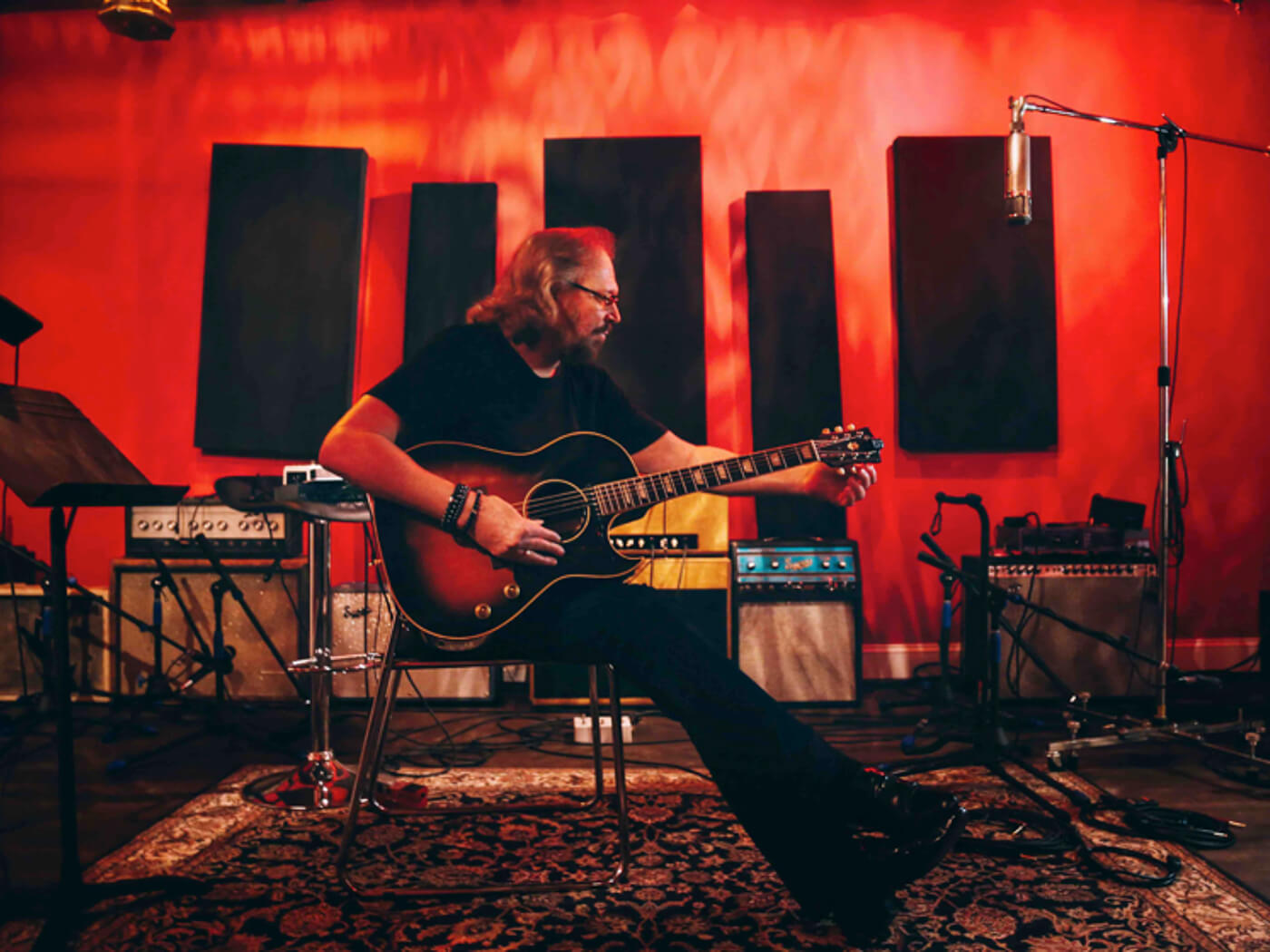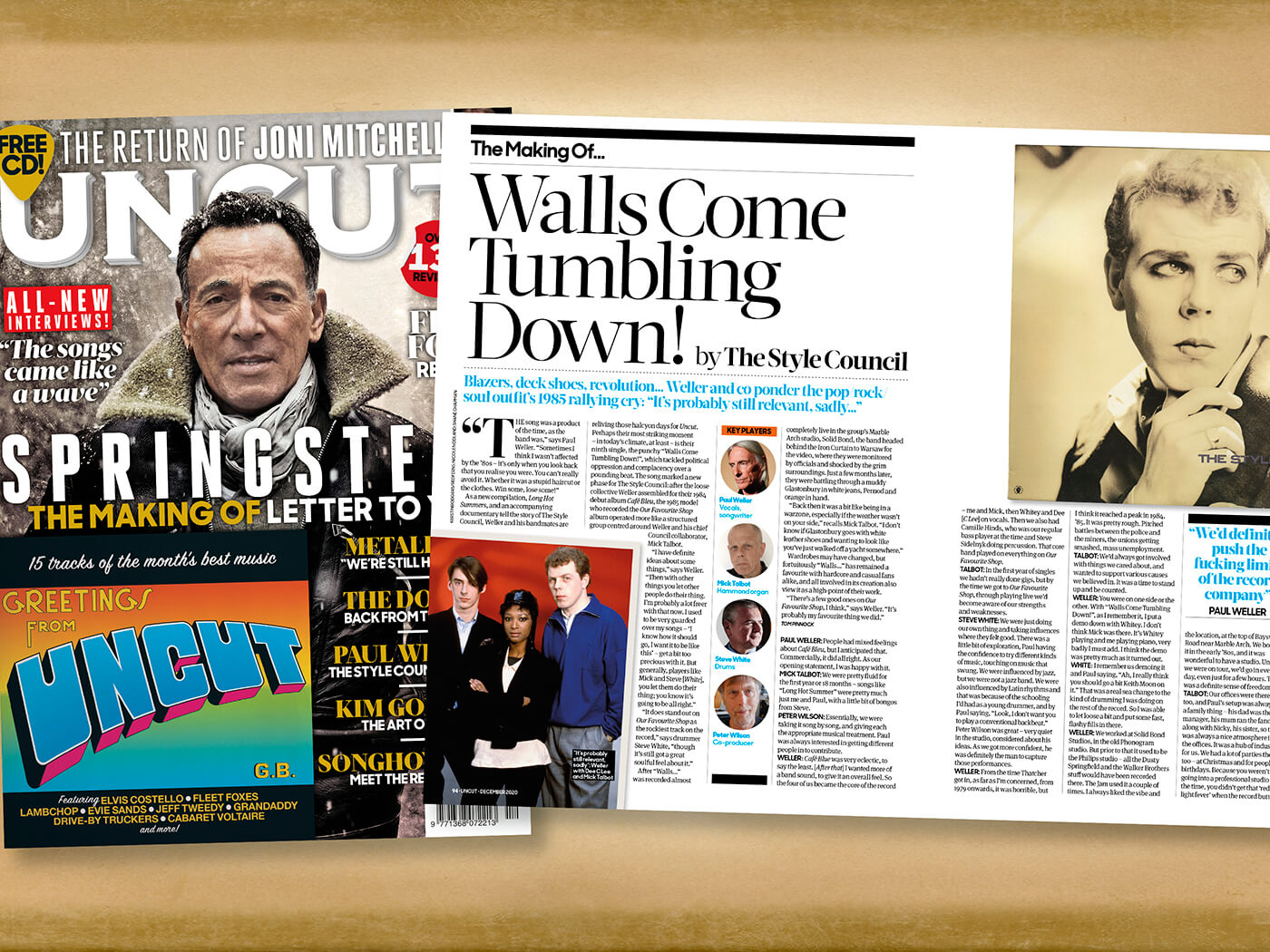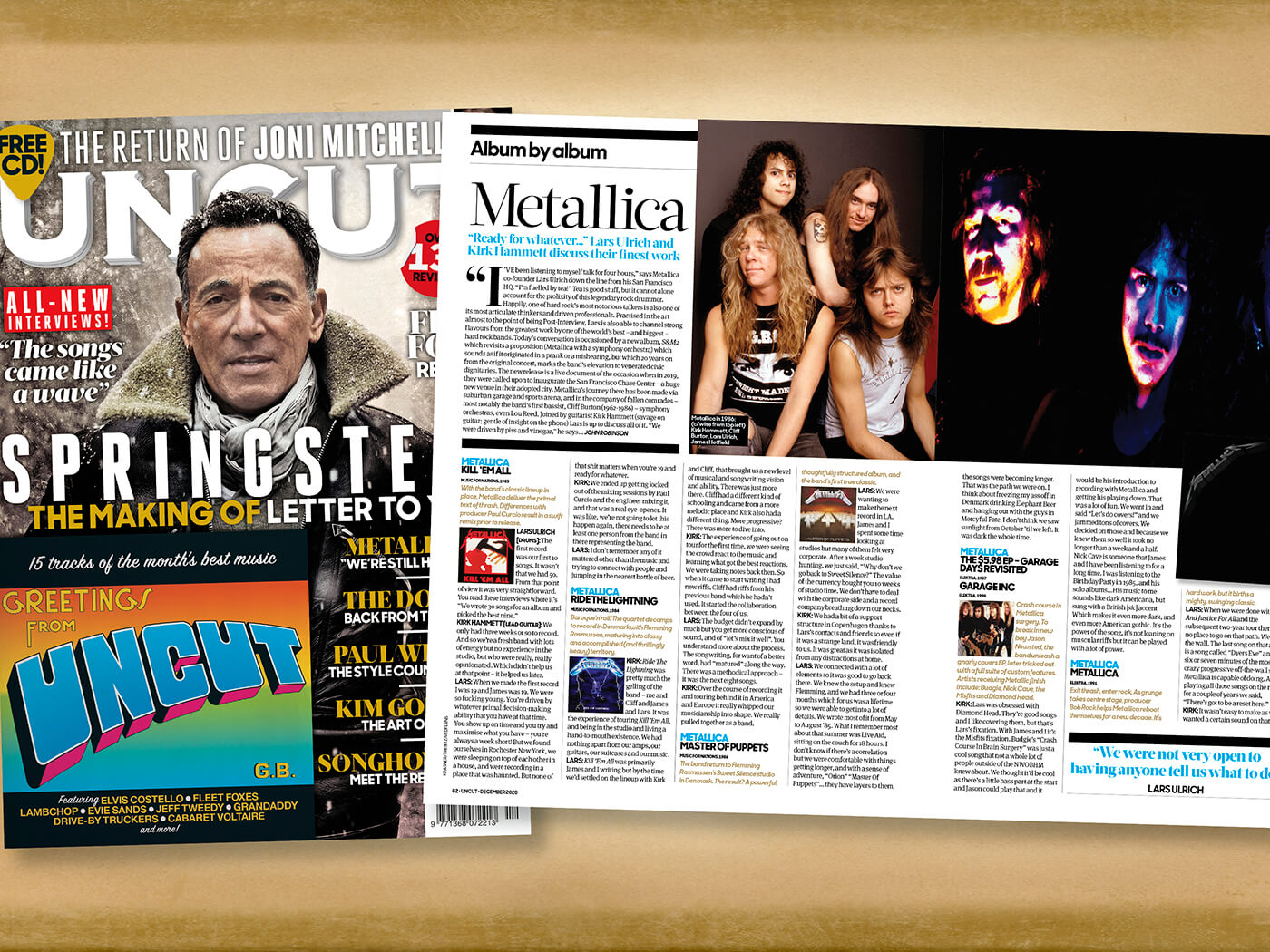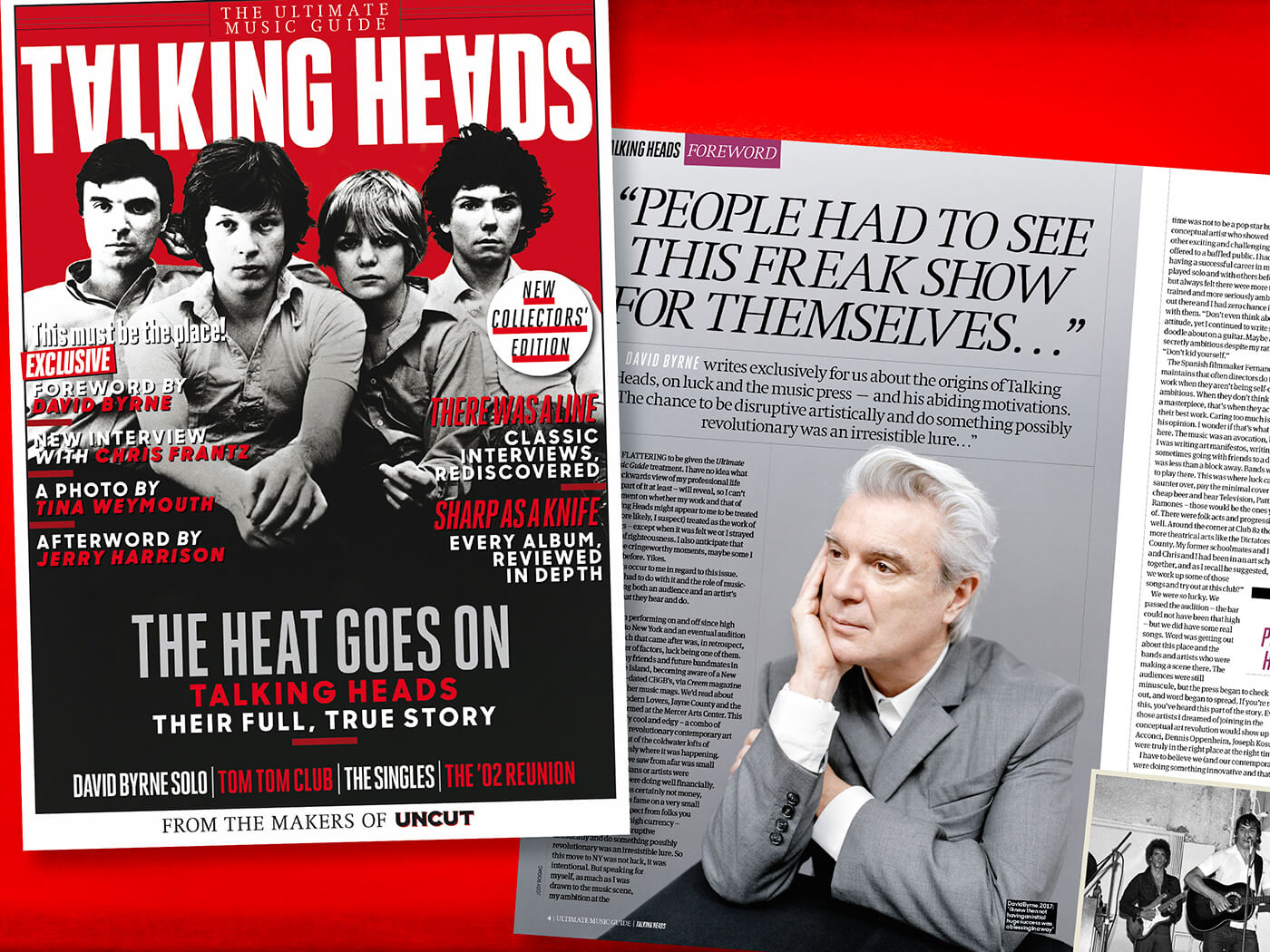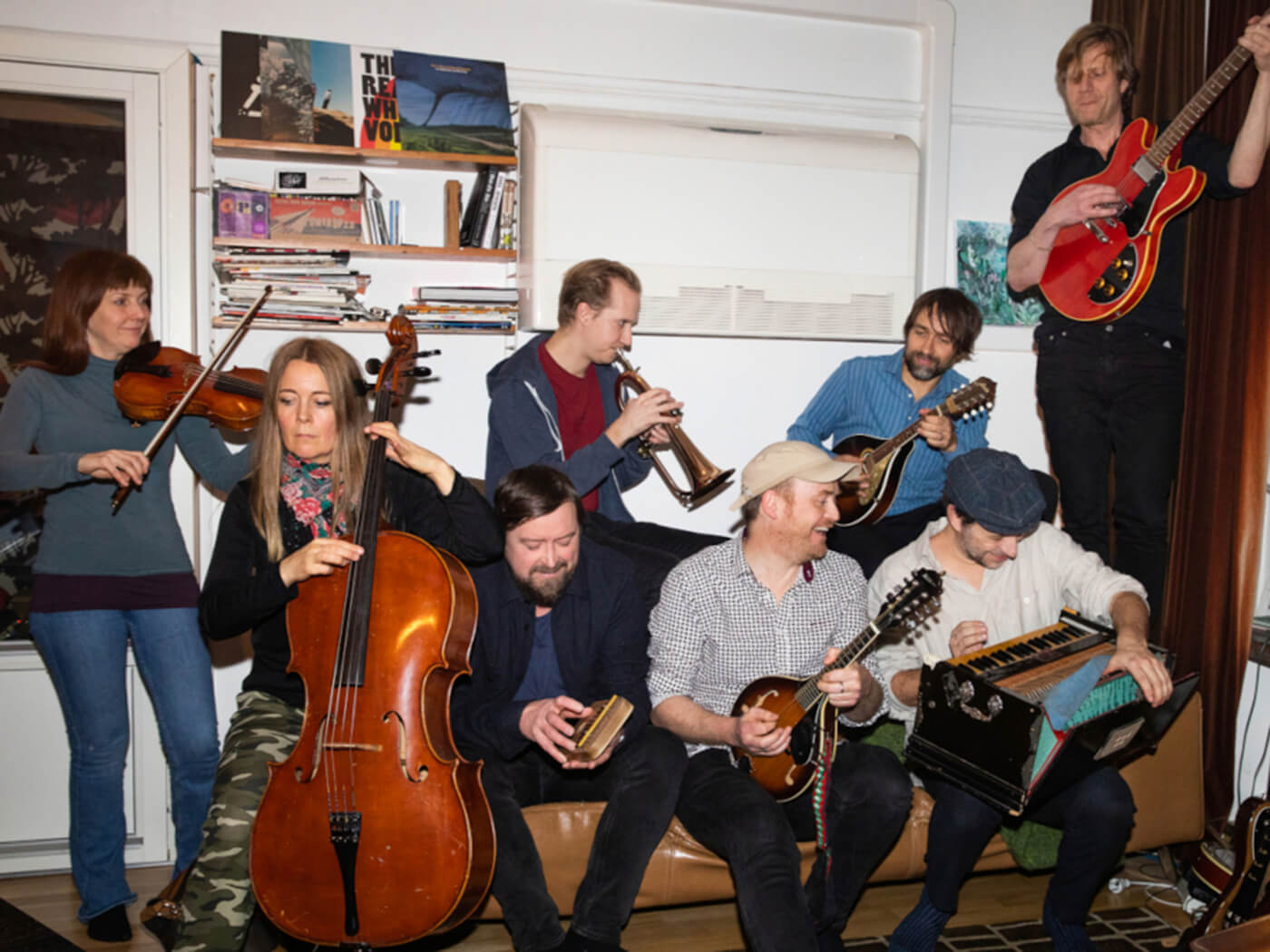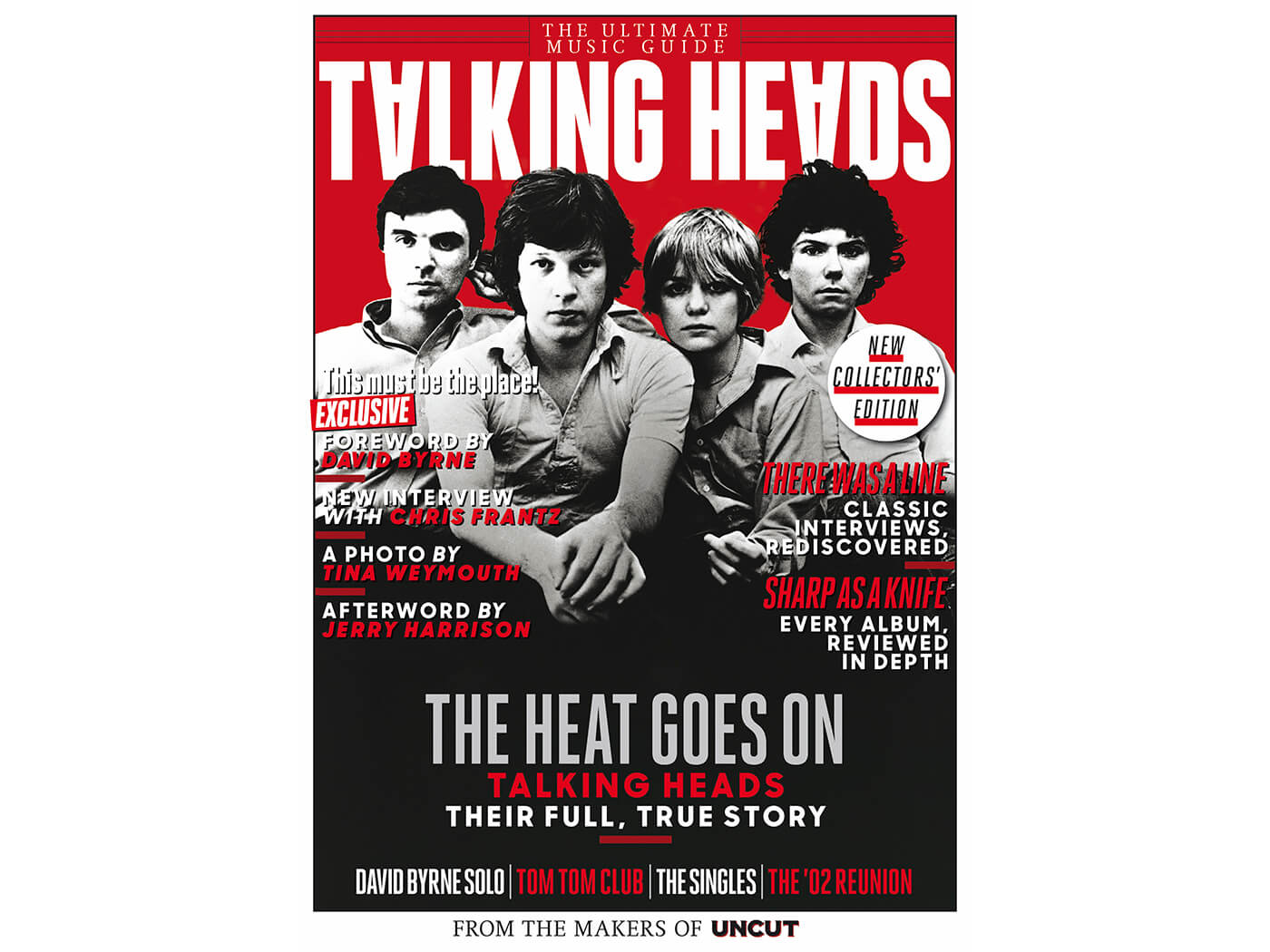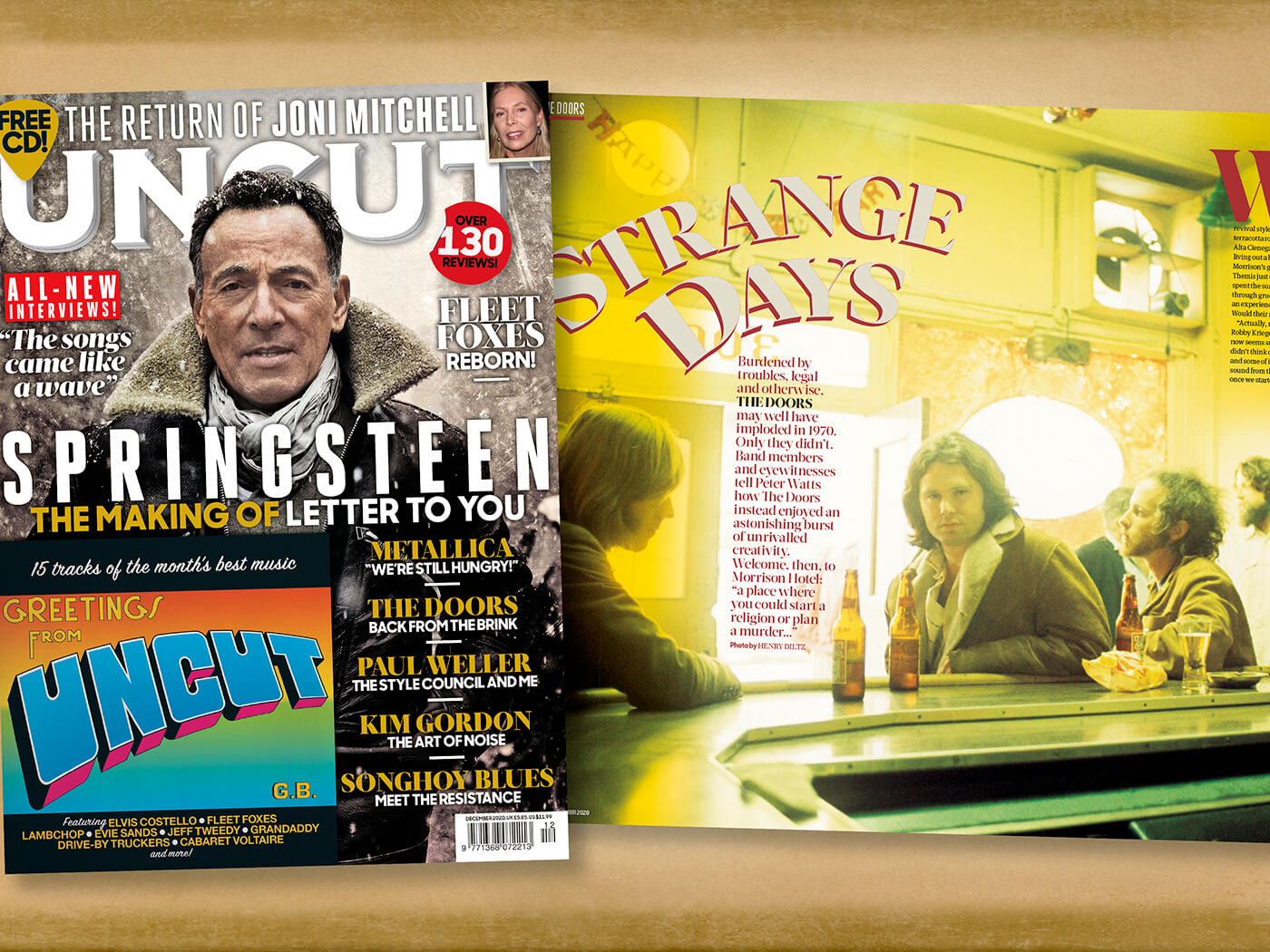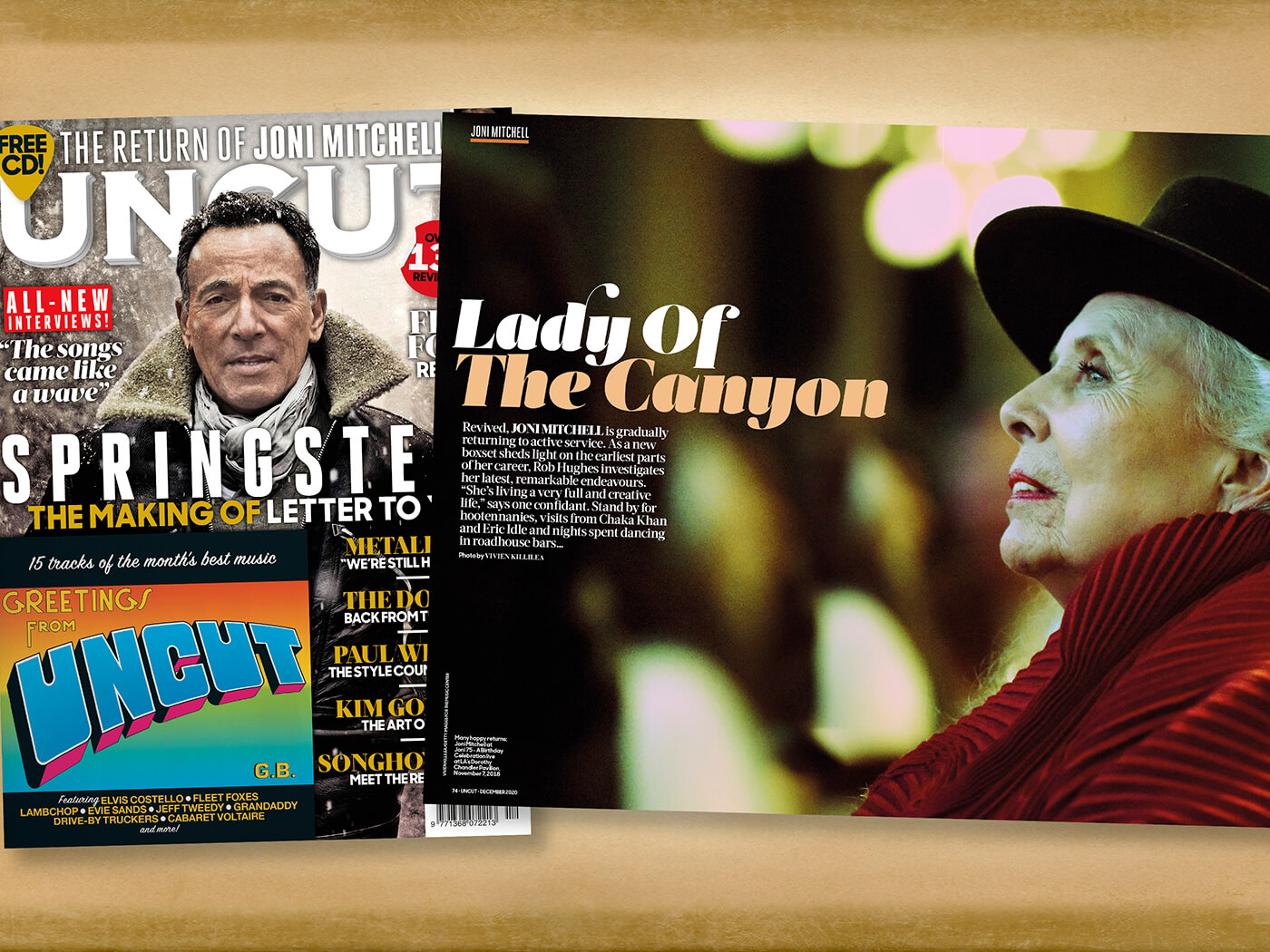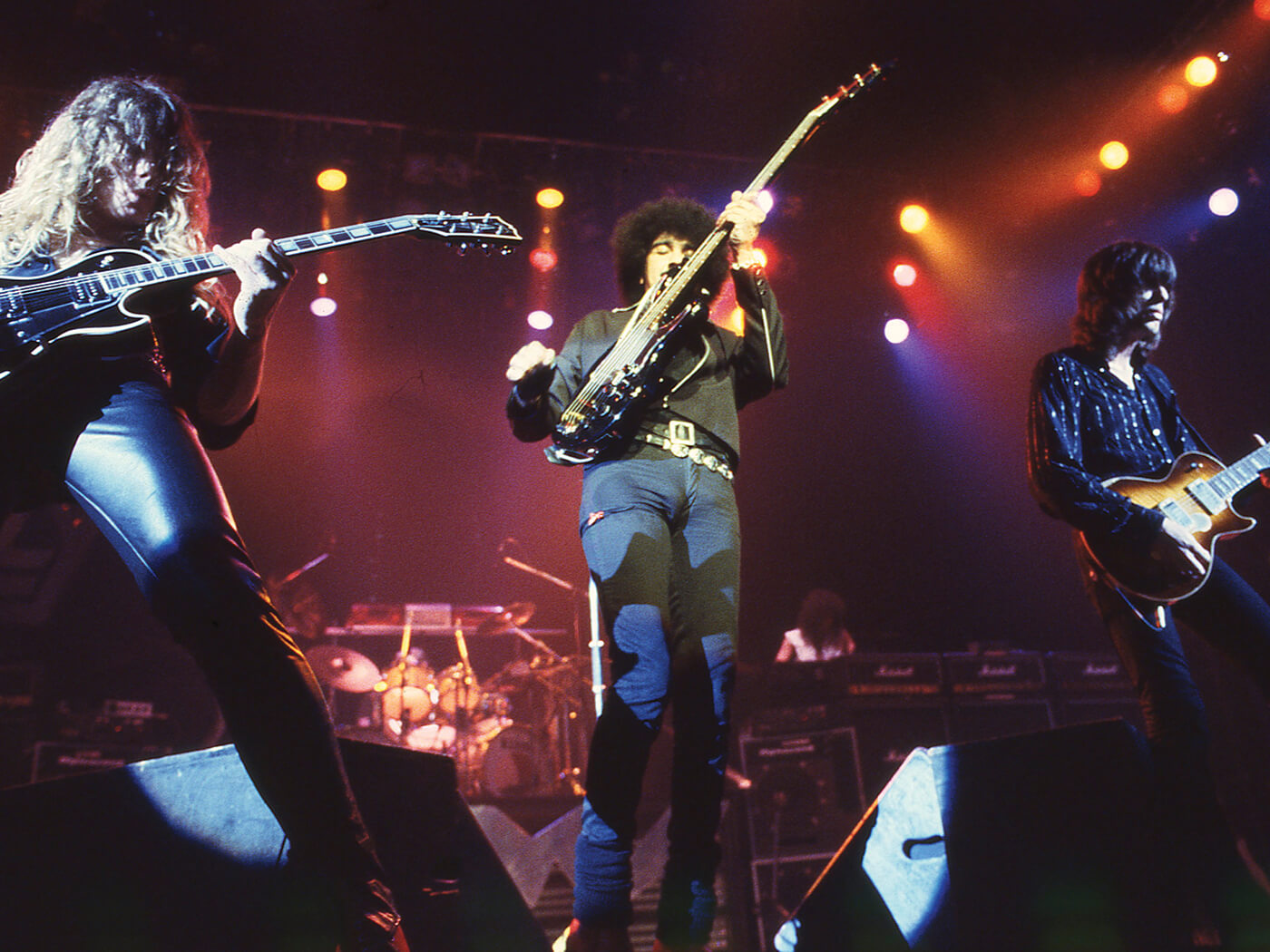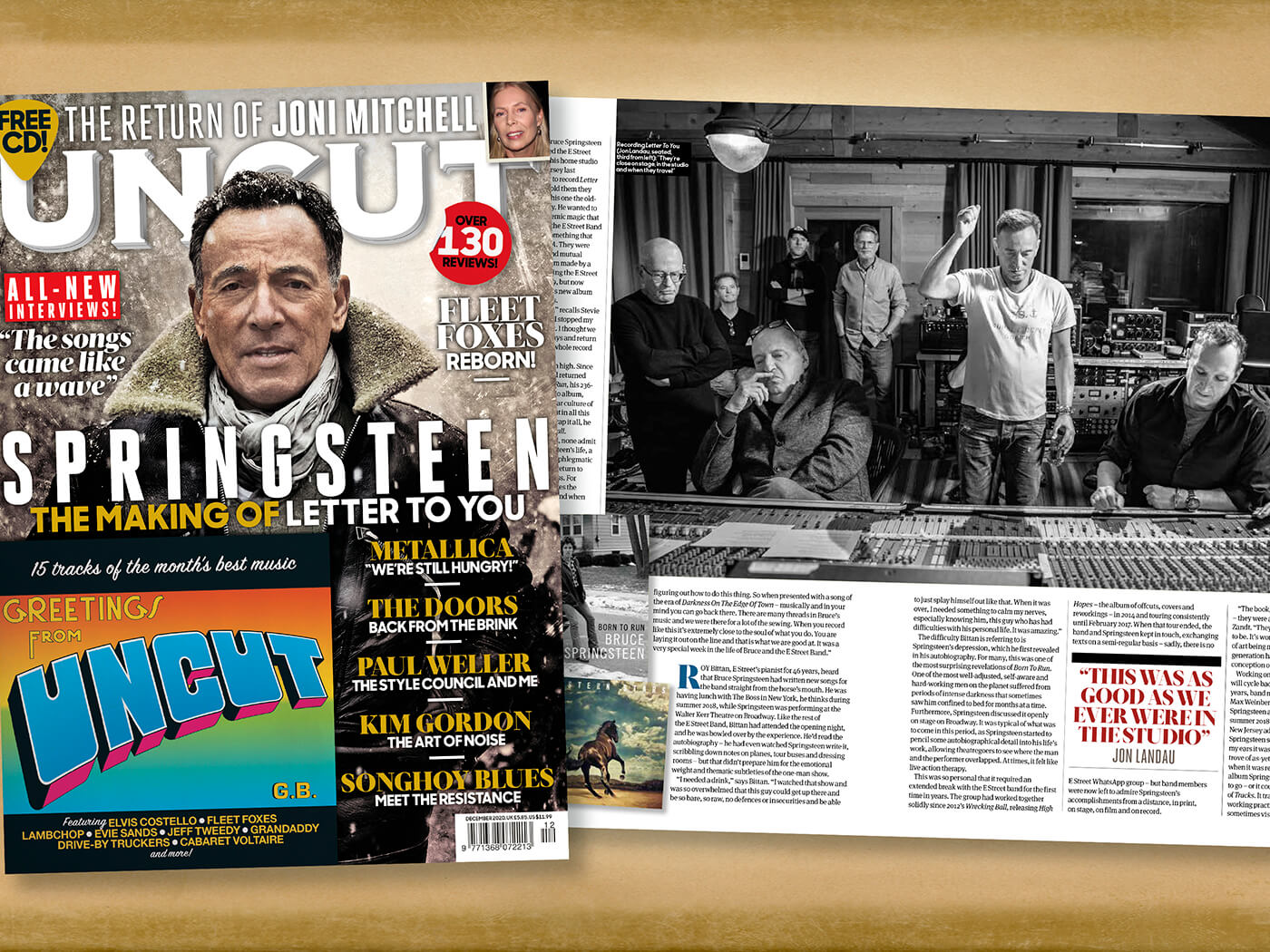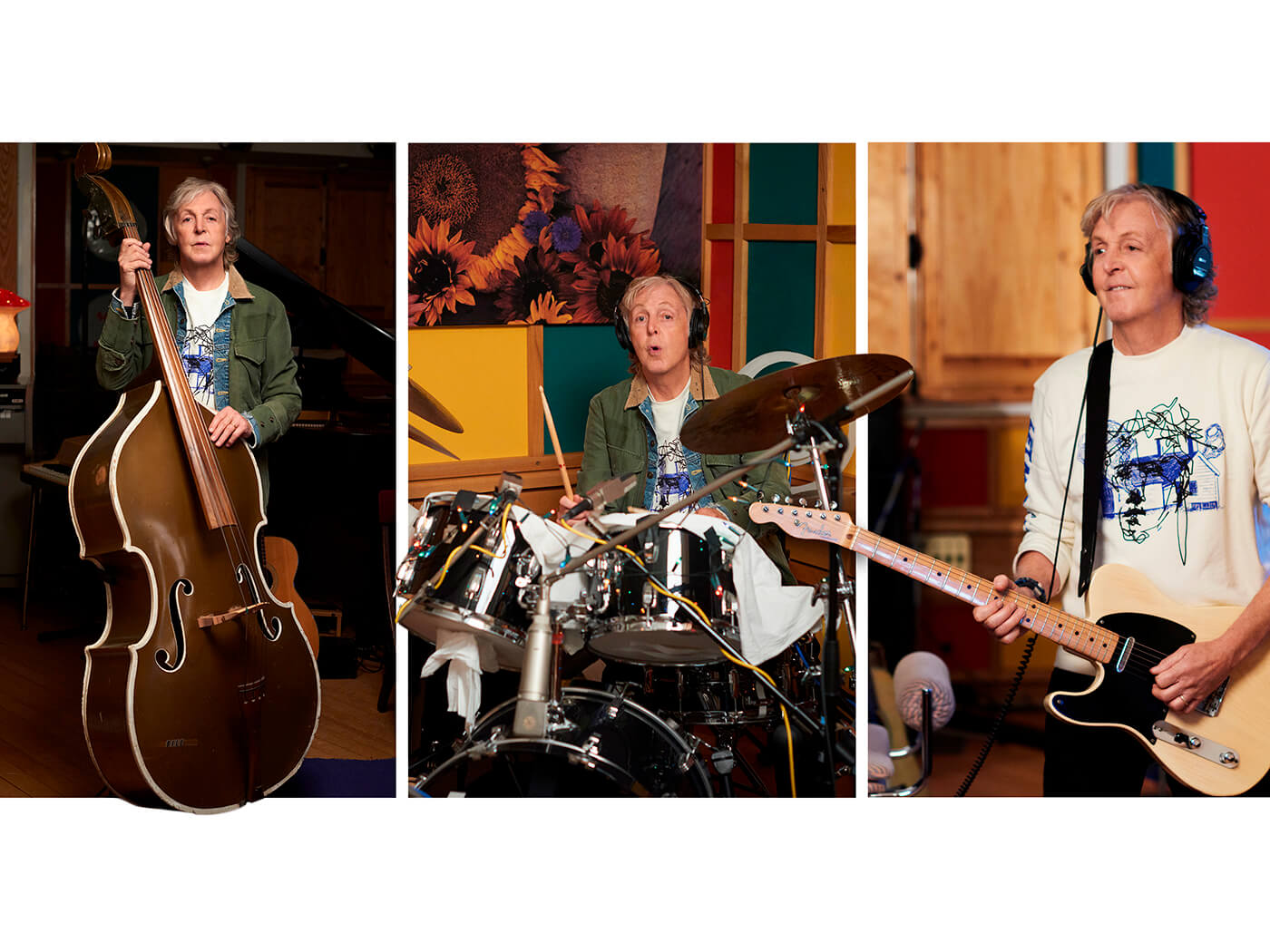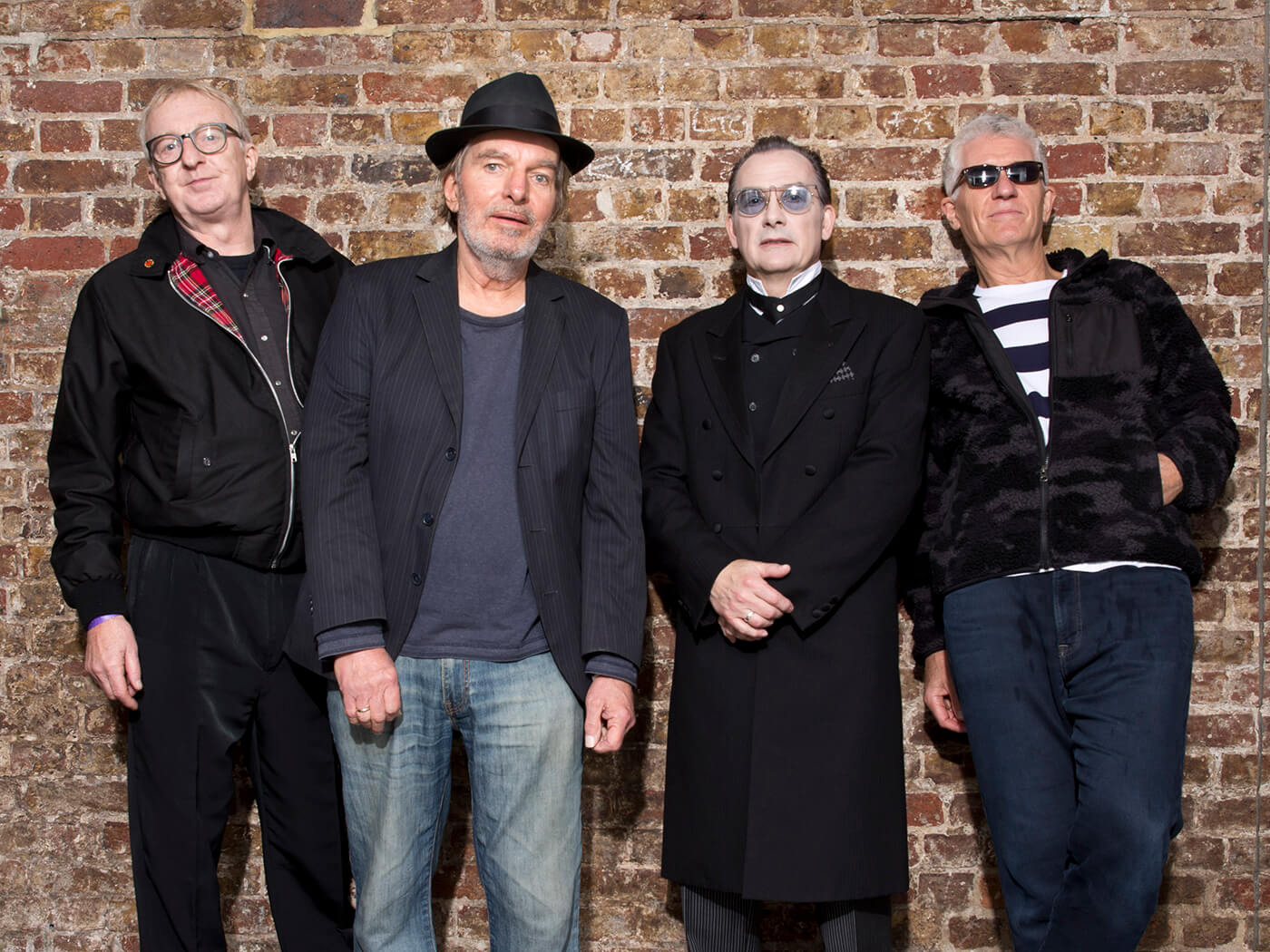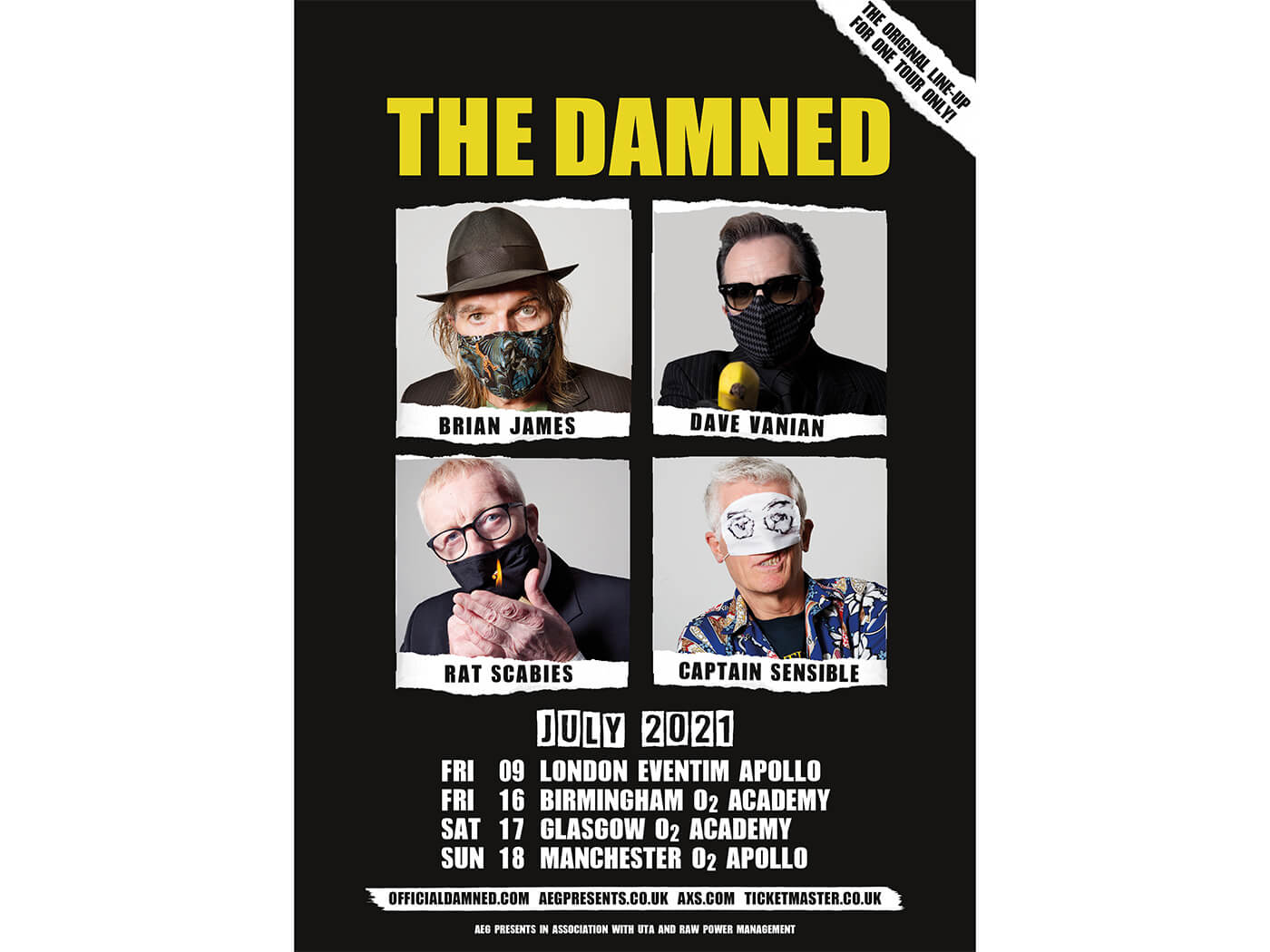CLICK HERE TO GET THE NEW UNCUT DELIVERED DIRECT TO YOUR DOOR
Paul McCartney, Uncut’s Review Of 2020, Neil Young, Elton John, Jarvis Cocker, Phoebe Bridgers, Lucinda Williams, AC/DC, The Kinks and Moses Boyd all feature in the new Uncut, dated January 2021 and in UK shops from November 12 or available to buy online now. As always, the issue comes with a free CD, this time comprising 15 tracks of the year’s best new music.
PAUL McCARTNEY: As he prepares to release McCartney III, the man himself calls us up to discuss the new lockdown-recorded album, his ongoing communion with John Lennon, Bob Dylan (“Sometimes I wish I was more like Bob…”), The Beatles and their place in the pantheon. “If you dare to experiment a little bit, it’s good for you!”
OUR FREE CD! THE SOUND OF 2020: 15 fantastic tracks from the cream of the year’s releases, including songs by Jason Isbell, Courtney Marie Andrews, Jarv Is, Stephen Malkmus, Phoebe Bridgers, Laura Marling, Fontaines DC, Thundercat, Kevin Morby, Brigid Mae Power and more.
This issue of Uncut is available to buy by clicking here – with FREE delivery to the UK and reduced delivery charges for the rest of the world.
Inside the issue, you’ll find:
THE REVIEW OF 2020: We count down the year’s top 75 new albums, top 30 archival releases, 20 films and 10 books
NEIL YOUNG: Archives Volume II: 1972-1976 is here! Along with it, of course, is our deep deep review, six pages of in-depth analysis with some help from Poncho Sampedro
ELTON JOHN: The making of “Come Down In Time”, as told by Elton, Bernie Taupin and musicians who played on it
PHOEBE BRIDGERS: 2020 has been a triumphant year for the LA singer-songwriter, and Uncut discovers the full story, from witchcraft exotica and skeleton jumpsuits to her superlative second album Punisher
JARVIS COCKER: From domestic discos to his own brand of tea, Jarv has been busy recently – here we sit down to chat about cave gigs, staying optimistic and his accidental lockdown anthem
MARGO PRICE: The renegade country queen answers your questions on oysters, Willie Nelson, politics and her hidden rap skills
THE INCREDIBLE STRING BAND: As she presents her fascinating memoir, Rose Simpson lifts the lid on the group’s late-’60s utopia. “We lived what we sang…”
AFEL BOCOUM: Album by album with the Malian master
THE KINKS: Dave Davies takes us through the new Lola… 50th-anniversary reissue alongside an extensive review
CLICK HERE TO GET THE NEW UNCUT DELIVERED DIRECT TO YOUR DOOR
In our expansive reviews section, we take a look at new records from AC/DC, Kacy & Clayton and Marlon Williams, Alex Maas, Luluc, Sturgill Simpson, King Gizzard & The Lizard Wizard, Josephine Foster and more, and archival releases from Neil Young, The Gun Club, The Kinks, Kraftwerk, Chavez, Ennio Morricone and others. We catch Lucinda Williams live online; among the films, DVDs and TV programmes reviewed are Another Round, Possessor, County Lines and Billie; while in books there’s John Cooper Clarke and Gary Numan.
Our front section, meanwhile, features The Damned, Dana Gillespie, Futurama festival and The Incredible String Band, and we introduce Black Country New Road. At the back of the issue, Moses Boyd takes us through his life in his favourite records.
You can pick up a copy of Uncut in the usual places, where open. But otherwise, readers all over the world can order a copy from here.
For more information on all the different ways to keep reading Uncut during lockdown, click here.


